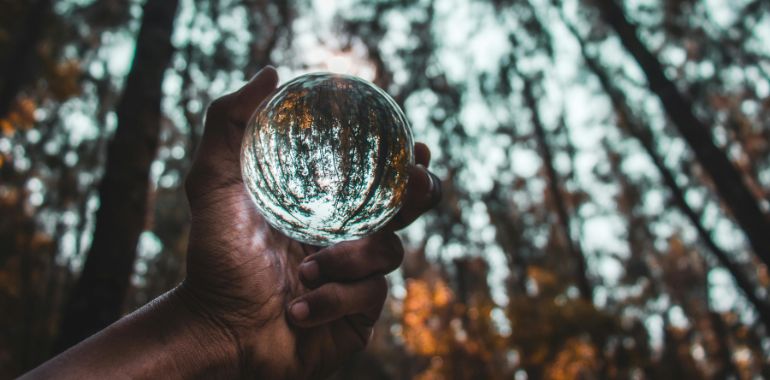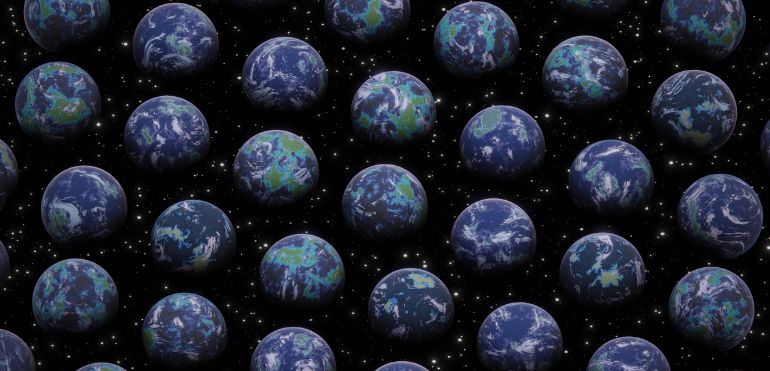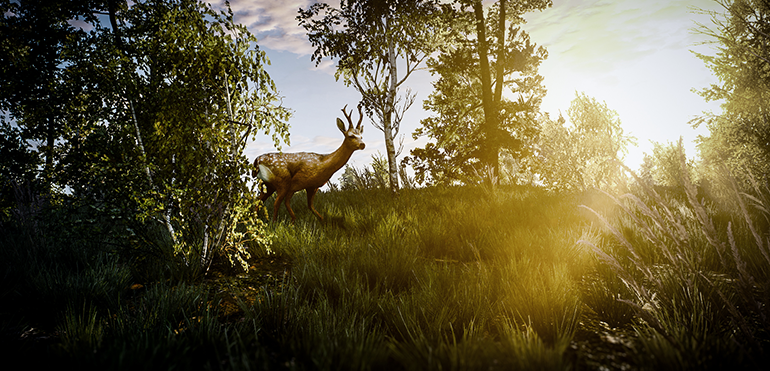
A Guide to 8 Fantasy Subgenres: Exploring the Enchanting Realms
Explore the 8 fantsy subgenres and how they came into existence.

Want to read my books for free?
For many people books are not part of their day-to-day budget and so they miss…

Explore the 8 fantsy subgenres and how they came into existence.

For many people books are not part of their day-to-day budget and so they miss…

In my view, there’s no worse time than the period between sending off a manuscript…

Progress on Book 3 is going steadily albeit slower than I would like. Not slower…